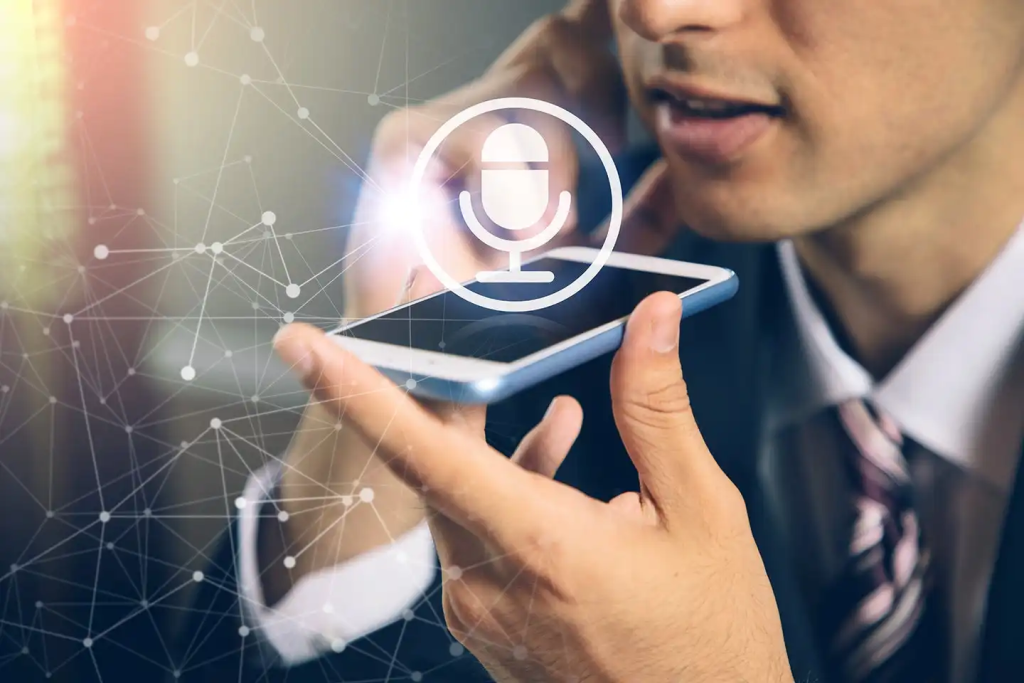
Introduction
In today’s interconnected world, technology has played a vital role in connecting people from diverse cultures and backgrounds. However, language remains a significant barrier in effective communication, hindering the exchange of ideas, trade, and cultural understanding. Fortunately, advancements in Artificial Intelligence (AI) have led to groundbreaking innovations in language translation, making cross-lingual communication more accessible and seamless. This blog aims to explore the revolutionary impact of AI-powered language translation, how it works, its advantages, challenges, and the potential it holds for breaking down global communication barriers.
Understanding AI-Powered Language Translation

AI-powered language translation involves sophisticated algorithms and neural networks to automatically translate text or speech from one language to another with high accuracy. Unlike traditional translation methods that relied on dictionaries and rule-based systems, AI-driven approaches harness the power of machine learning, specifically Neural Machine Translation (NMT), to learn the patterns and nuances of various languages.
The Evolution of AI Translation
Early machine translation systems faced challenges due to simplistic rules and lack of contextual understanding. However, with the advent of NMT, the translation quality has significantly improved. NMT uses deep learning techniques to analyze vast amounts of bilingual data, enabling it to grasp the intricacies of grammar, syntax, and semantics. As a result, AI-powered language translation systems now produce more fluent and contextually appropriate translations.
Advantages of AI-Powered Language Translation
- Multilingual Communication: AI-driven translation tools facilitate effortless communication across languages, fostering international trade, academic collaborations, and global friendships.
- Enhanced User Experience: In the digital age, language translation is integral to creating a seamless user experience for global audiences, promoting accessibility and inclusivity.
- Bridging Cultures: Effective language translation nurtures cultural exchange and understanding, encouraging the sharing of diverse perspectives, literature, and ideas.
- Time and Cost Efficiency: AI-powered translation systems significantly reduce the time and costs involved in manual translation processes, enabling businesses to operate more efficiently in the global market.
Challenges and Limitations

While AI-powered language translation has seen impressive progress, it still faces certain challenges:
- Contextual Ambiguity: Language is complex and often rife with ambiguity. AI models might struggle with idiomatic expressions, cultural references, and colloquialisms, leading to misinterpretations.
- Low-Resource Languages: Some languages lack sufficient digital content and translation data, hindering the development of accurate AI models for these languages.
- Ethical Concerns: As AI translation systems become more powerful, the risk of misuse, such as spreading misinformation or perpetuating bias, increases. Ensuring ethical use is crucial in maintaining the integrity of global communication.
The Future of AI-Powered Translation
As technology continues to evolve, the future of AI-powered language translation is promising:
- Real-time Translation: We can expect AI-powered translation tools to deliver real-time translations during video conferences, breaking language barriers in global business meetings and diplomatic interactions.
- Continued Improvements in Accuracy: AI models will continue to benefit from larger and more diverse datasets, leading to improved translation accuracy, especially for low-resource languages.
- Integrating Multiple Modalities: Future AI translation systems might seamlessly integrate text, speech, images, and even gestures to provide more comprehensive cross-lingual communication.
Conclusion
AI-powered language translation has undoubtedly revolutionized global communication, making the world a smaller and more interconnected place. The technology’s capacity to bridge linguistic gaps and foster cultural understanding holds the potential to bring people together like never before. However, it’s crucial to approach this technology with ethical considerations and strive for continuous improvements to ensure accurate, unbiased, and contextually appropriate translations. As AI continues to evolve, it will undoubtedly play an even more significant role in breaking down global communication barriers, paving the way for a more united and harmonious world.






Leave a Reply
You must be logged in to post a comment.